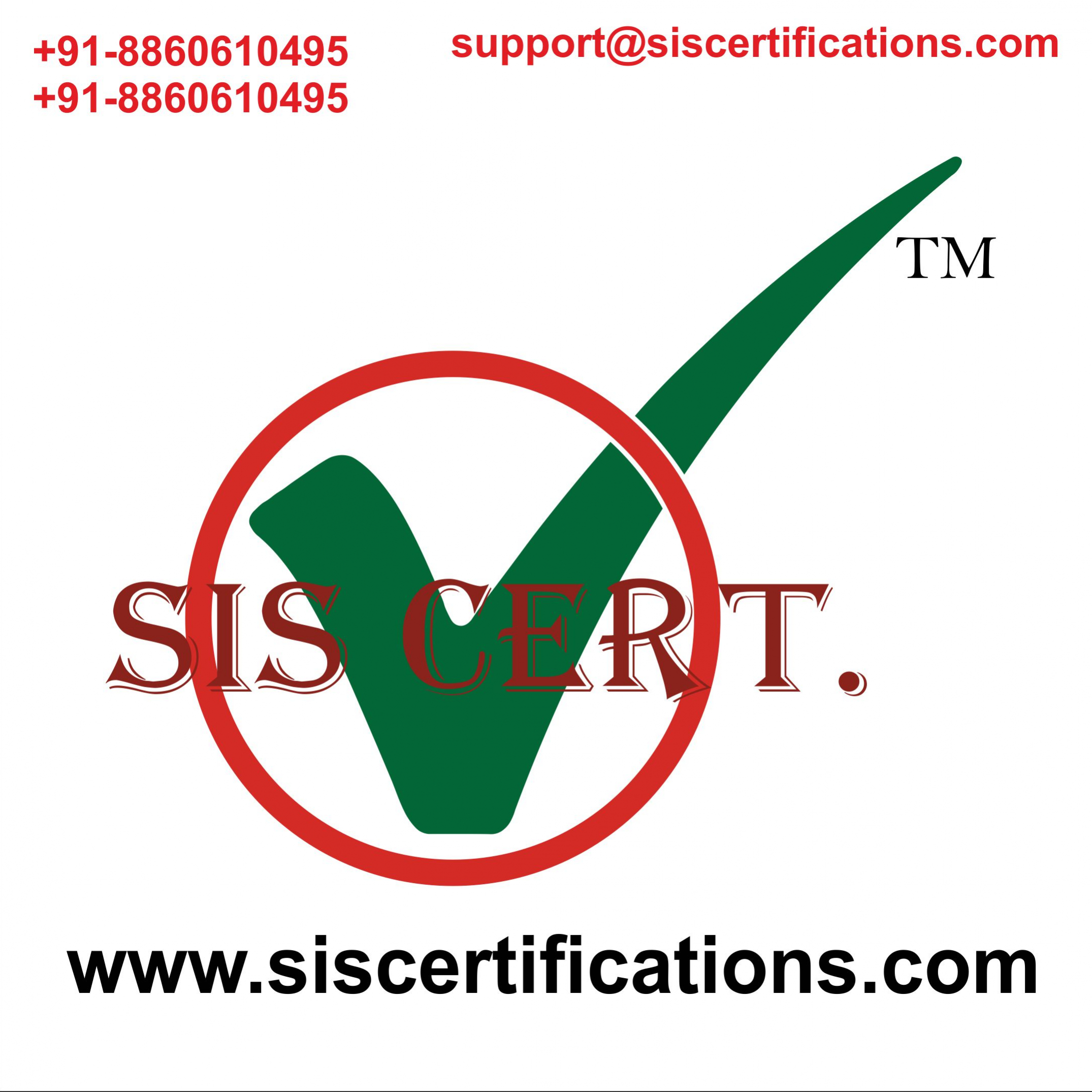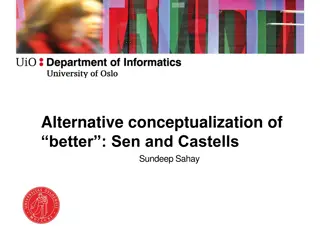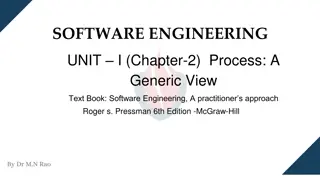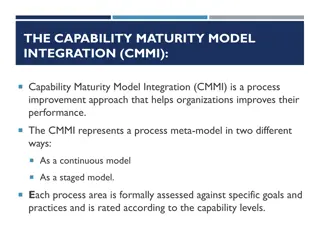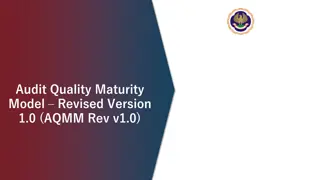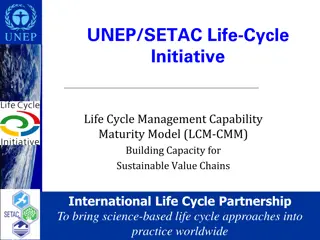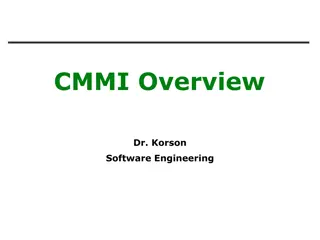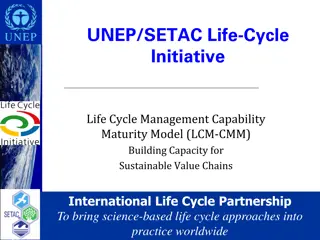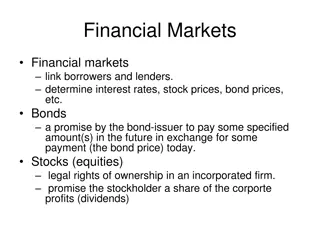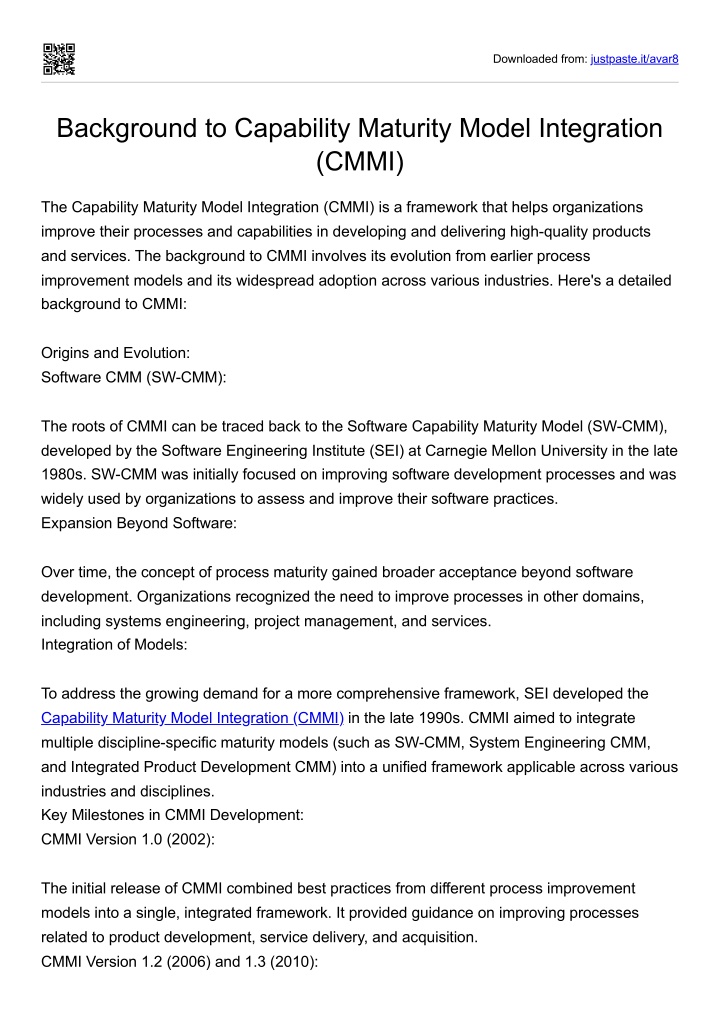
Background to Capability Maturity Model Integration (CMMI)
The Capability Maturity Model Integration (CMMI) is a framework that helps organizations improve their processes and capabilities in developing and delivering high-quality products and services. The background to CMMI involves its evolution from earlier process improvement models and its widespread adoption across various industries. n
Download Presentation

Please find below an Image/Link to download the presentation.
The content on the website is provided AS IS for your information and personal use only. It may not be sold, licensed, or shared on other websites without obtaining consent from the author. If you encounter any issues during the download, it is possible that the publisher has removed the file from their server.
You are allowed to download the files provided on this website for personal or commercial use, subject to the condition that they are used lawfully. All files are the property of their respective owners.
The content on the website is provided AS IS for your information and personal use only. It may not be sold, licensed, or shared on other websites without obtaining consent from the author.
E N D
Presentation Transcript
Downloaded from: justpaste.it/avar8 Background to Capability Maturity Model Integration (CMMI) The Capability Maturity Model Integration (CMMI) is a framework that helps organizations improve their processes and capabilities in developing and delivering high-quality products and services. The background to CMMI involves its evolution from earlier process improvement models and its widespread adoption across various industries. Here's a detailed background to CMMI: Origins and Evolution: Software CMM (SW-CMM): The roots of CMMI can be traced back to the Software Capability Maturity Model (SW-CMM), developed by the Software Engineering Institute (SEI) at Carnegie Mellon University in the late 1980s. SW-CMM was initially focused on improving software development processes and was widely used by organizations to assess and improve their software practices. Expansion Beyond Software: Over time, the concept of process maturity gained broader acceptance beyond software development. Organizations recognized the need to improve processes in other domains, including systems engineering, project management, and services. Integration of Models: To address the growing demand for a more comprehensive framework, SEI developed the Capability Maturity Model Integration (CMMI) in the late 1990s. CMMI aimed to integrate multiple discipline-specific maturity models (such as SW-CMM, System Engineering CMM, and Integrated Product Development CMM) into a unified framework applicable across various industries and disciplines. Key Milestones in CMMI Development: CMMI Version 1.0 (2002): The initial release of CMMI combined best practices from different process improvement models into a single, integrated framework. It provided guidance on improving processes related to product development, service delivery, and acquisition. CMMI Version 1.2 (2006) and 1.3 (2010):
These updates refined and expanded the framework to address evolving industry needs and feedback from practitioners. Version 1.3 introduced improvements in appraisal methods, terminology, and guidance. CMMI Development and Adoption: CMMI gained significant adoption across industries, including software development, defense, aerospace, healthcare, finance, and telecommunications. Organizations worldwide leveraged CMMI to enhance their process maturity and achieve better outcomes in terms of quality, cost, and schedule. Key Concepts and Features of CMMI: Process Maturity Levels: CMMI defines maturity levels (ranging from Level 1 to Level 5) that represent different stages of process improvement capability. Each level builds upon the previous one, with Level 5 representing the highest maturity. Process Areas: CMMI organizes best practices into specific areas (e.g., project management, configuration management, process improvement) that organizations can focus on to achieve desired process maturity levels. Appraisal Method: CMMI includes appraisal methods (e.g., SCAMPI) to assess an organization's adherence to CMMI practices and determine its process maturity level. Benefits of CMMI: Improved Process Efficiency: Helps organizations streamline processes, reduce waste, and optimize resource utilization. Enhanced Product Quality: Leads to better product and service quality, resulting in higher customer satisfaction. Predictable Performance: Enables organizations to better predict and manage project schedules, budgets, and risks. Organizational Learning: Promotes a culture of continuous improvement and learning within the organization.
In summary, CMMI emerged from the need for a comprehensive and integrated approach to process improvement beyond software development. It has become a widely adopted framework that enables organizations to achieve higher process maturity and deliver better products and services across diverse industries.
